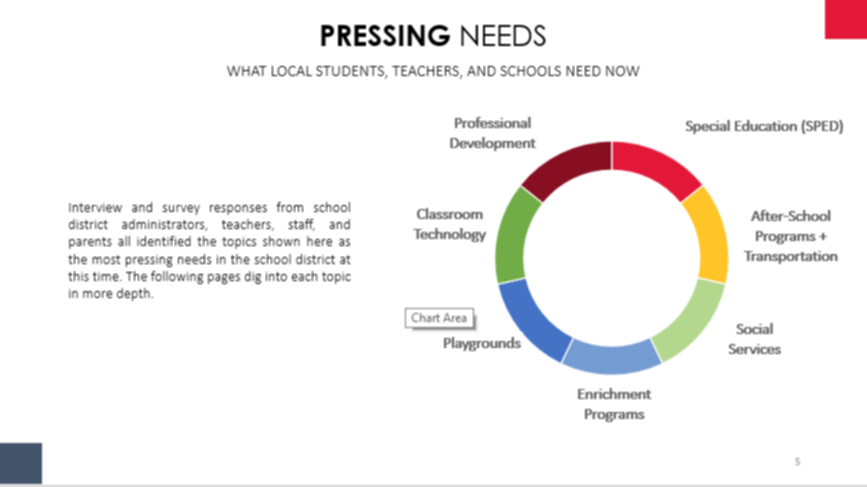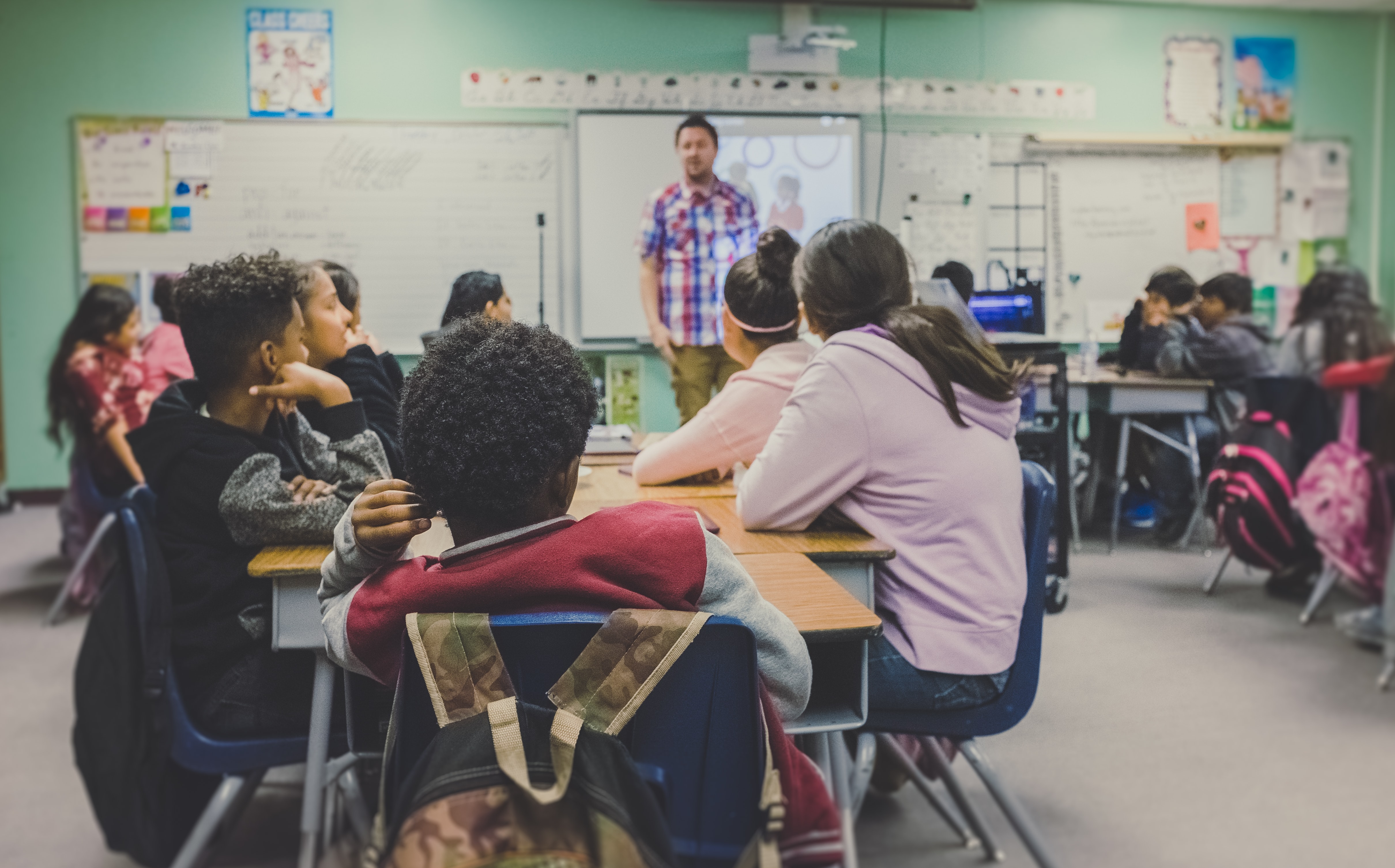In 2018, I helped a local education foundation in Massachusetts design a strategic planning process that began with Community Insights Research. The organization then successfully applied for a community foundation grant to implement the process I designed. Our work began in January 2019.
Challenge
Approaching the 30th anniversary of its founding, the local education foundation needed information to help it:
- update its programs;
- attract new volunteers (some of whom might become future board members);
- and raise funds to cover the salary of a new, part-time Executive Director to replace the retiring founding ED
These tasks had roots in several major challenges. The foundation was the passion of the founding Executive Director. For 30 years, she had worked full time (and then some) running the foundation for free. She was getting ready to step down from this work, but the board knew that it would be impossible to replace her tireless efforts with a part-time paid ED they thought the foundation could afford. Many of the foundation’s long-running programs were quite time-consuming to run but did not have as many participants now as they had in the past. The foundation’s pool of volunteers — and potential board members — was drying up. Board members were philosophically committed to supporting education and families in need, but few of them had personal connections to the local school district or families with children enrolled in area schools. The foundation’s board and staff knew changes needed to be made in order to let the organization thrive in its next decade, but they weren’t sure where to start.
What did they need to know to plan for the future of the foundation in this context?
Method
The first step in addressing this challenge involved conducting Community Insights Research to find out two things:
- What the current needs of the community were.
- How the community perceived the foundation’s work in addressing those needs.
Starting with desk work, I collected historical, geographic, and demographic data about the area and school district served by the foundation. I then designed lists of questions to be used when interviewing and surveying members of key groups within the community, including parents; teachers and other school staff members; school district administrators; individual and corporate donors; and foundation board members, staff, and volunteers. My goal was to gather unique first-hand insights into the needs of the community and nuggets of wisdom that could help us focus the foundation’s efforts on those needs going forward.
Often, I conduct these kinds of community interviews myself. In this case, due to time and budget constraints, I shared the interviewing process with a few board members and a senior member of the foundation staff. The insights we collected were qualitative and — importantly — anonymous. The goal was to gather useful information, not to put anyone on the spot.
Once all of the results were in, I analyzed the data we collected to identify key themes. I asked myself these questions as I worked:
- Were there common needs that kept coming up in the responses?
- Were these needs new or had they been there all along?
- Were the foundation’s existing programs meeting those needs?
- Could existing programs be tweaked to meet the needs? Should new programs be created to meet the needs?
- If so, were there existing programs that were not as relevant and could be eliminated to free up staff time for these new programs?
Results
The Community Insights Research phase of this project revealed that over the 30 years in which the foundation had been in existence:
- The local school district and community from which its students came had become smaller and more financially fragile.
- Students in the district increasingly came from families facing significant financial hardships.
- The number of special needs students in the district had gone up dramatically.

Put another way, local students and their families needed much more robust classroom and social service support, but the budgets available to teachers and the school district as a whole to provide those kinds of services had diminished significantly since the foundation was established in the early 1990s. At the same time, donors, volunteers, and board members stated they supported the foundation because of a general commitment to education or a fondness for the long-time ED, rather than in response to the foundation’s existing programs and services.
Impact and Next Steps
The Community Insights Research project clearly showed that the foundation should focus its future programs and services on this gap to create the biggest positive results for local schools and families. The foundation could then show its supporters how it was making an impact — a step key to attracting and retaining donors, volunteers, and new board members.

This research would be used in the next phase of the foundation’s strategic planning process to do the following:
- Eliminate programs that were no longer urgent and streamline existing ones to meet community needs as efficiently as possible.
- Reduce the amount of work required of the future ED by allowing that person to focus only on programs that met the community’s most urgent needs.
- Develop programs that directly met community-identified needs — and share that work with donors

